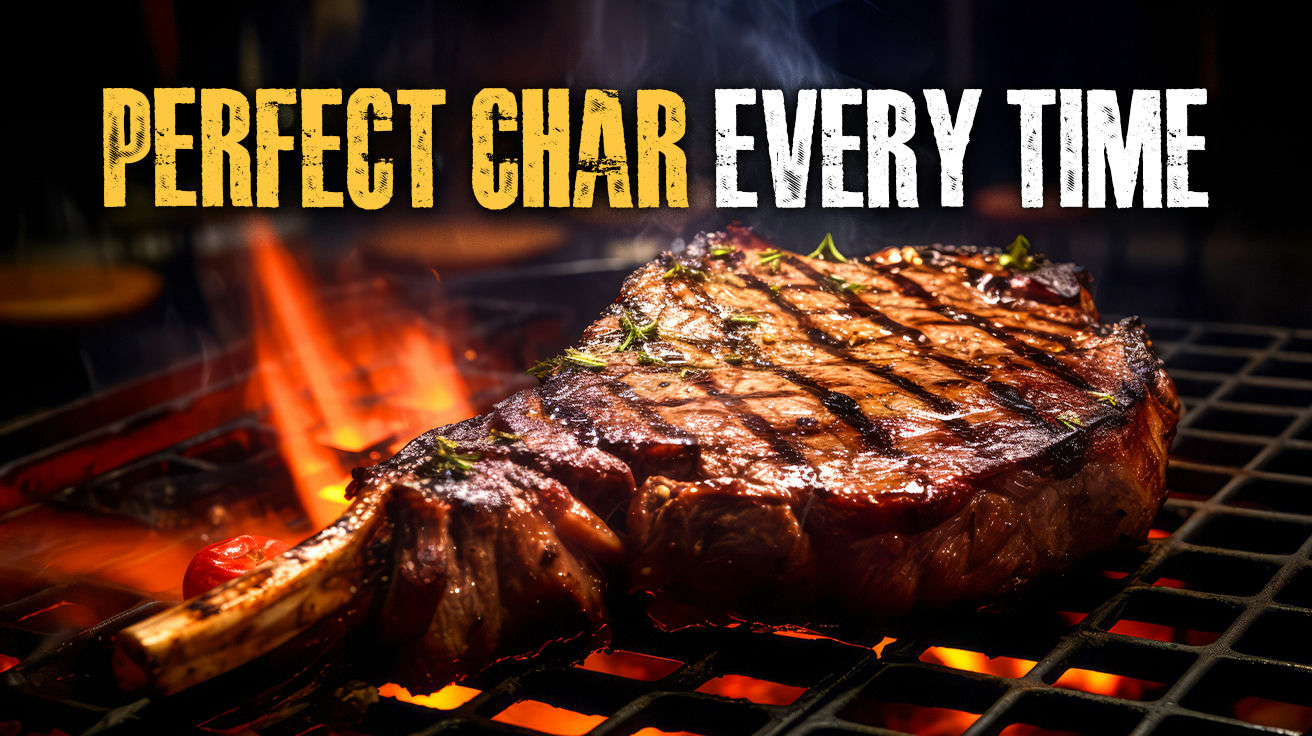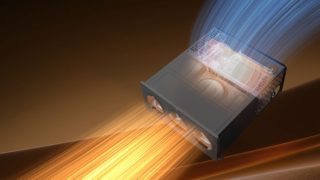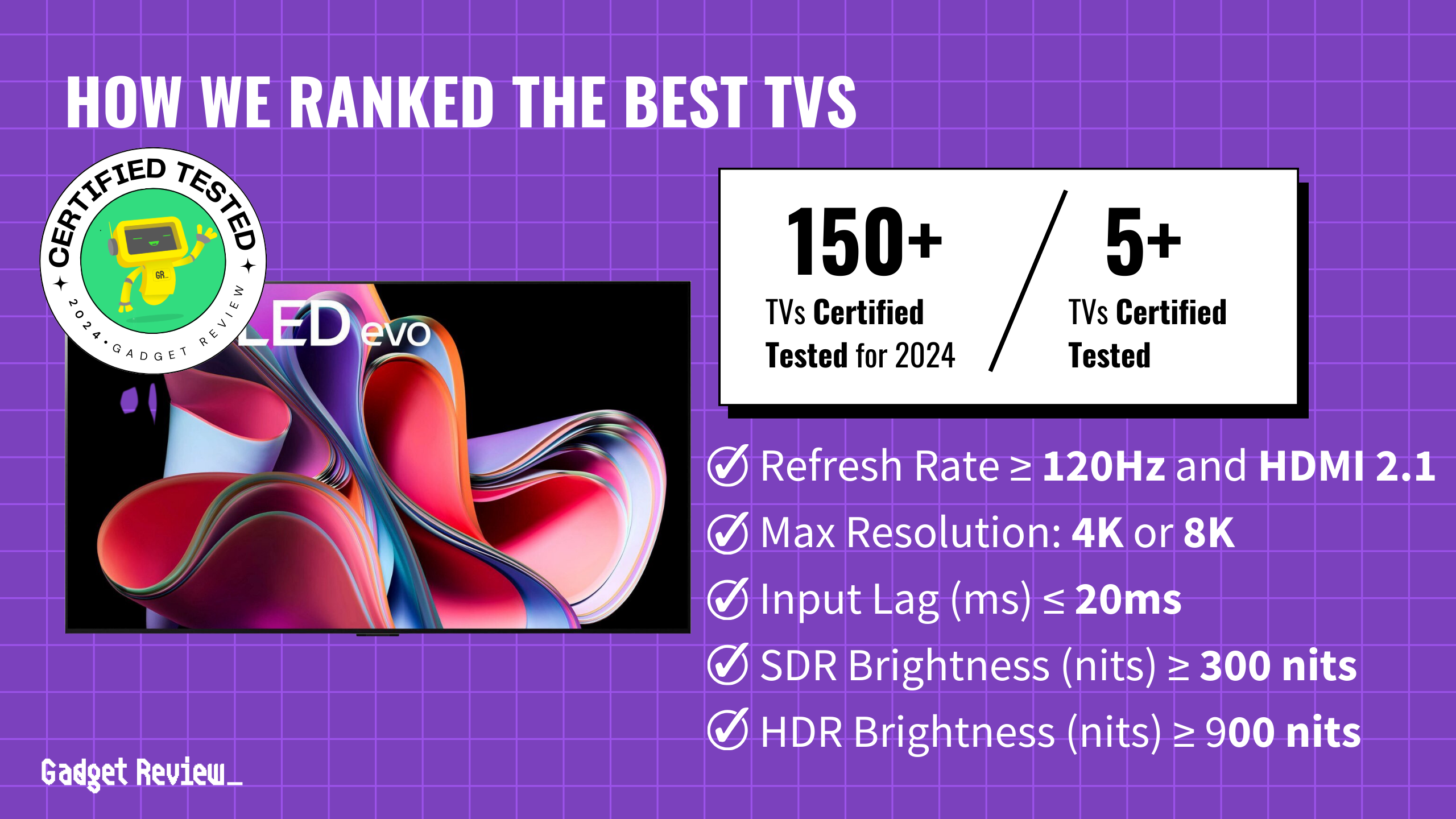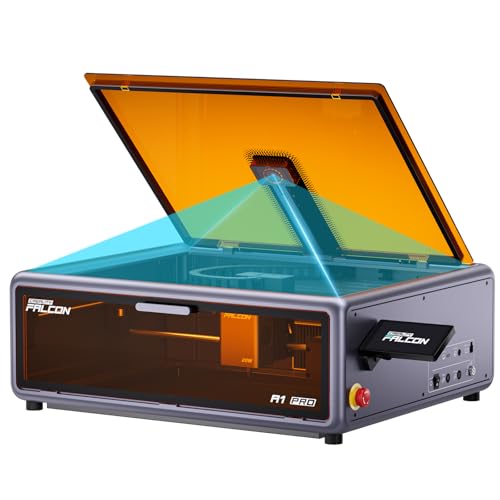Ever wonder why your $60 steakhouse ribeye tastes infinitely better than the same cut you cooked at home? The difference isn’t magic or money. Professional kitchens use specific techniques that transform ordinary meat into extraordinary meals. These seven secrets will change how you approach steak forever. No culinary degree required.
6. Choose Your Cut Like a Pro
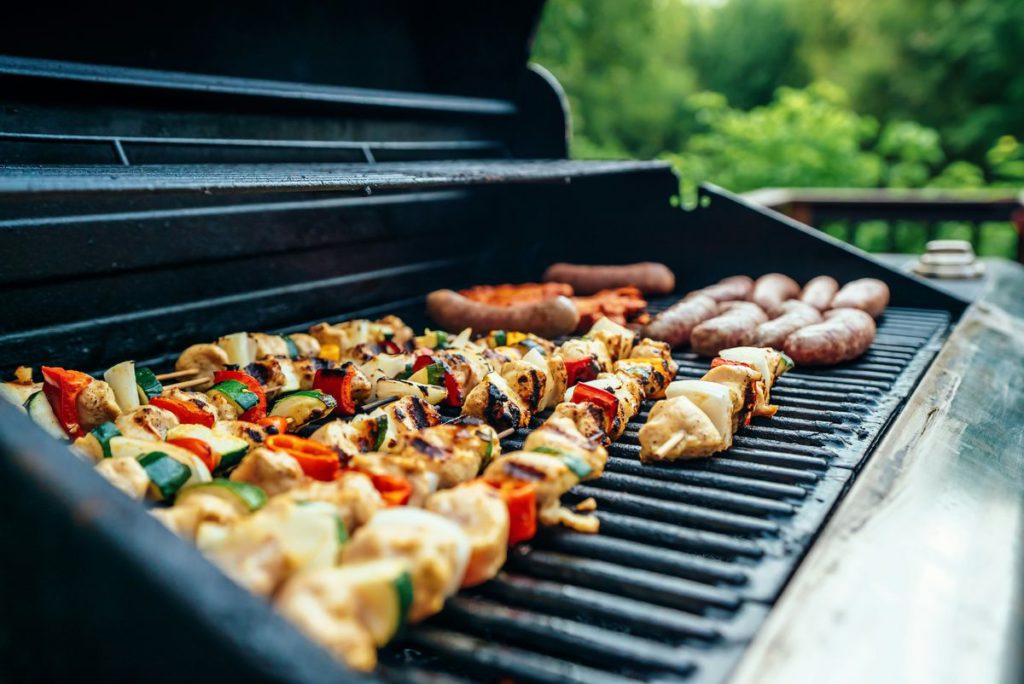
Your cooking method should match your steak thickness. Thick cuts over 1.5 inches need the reverse sear method. This two-stage process gives you complete control over doneness from edge to edge.
Thin steaks under one inch work best with direct high heat. They cook through quickly, so complex methods just overcomplicate things. The key is understanding which technique serves which cut. Most home cooks use the same approach for every steak thickness. That’s where the gray, overcooked bands come from.
Match your method to your meat. Your results will improve immediately.
5. Master the Dry Brine Game
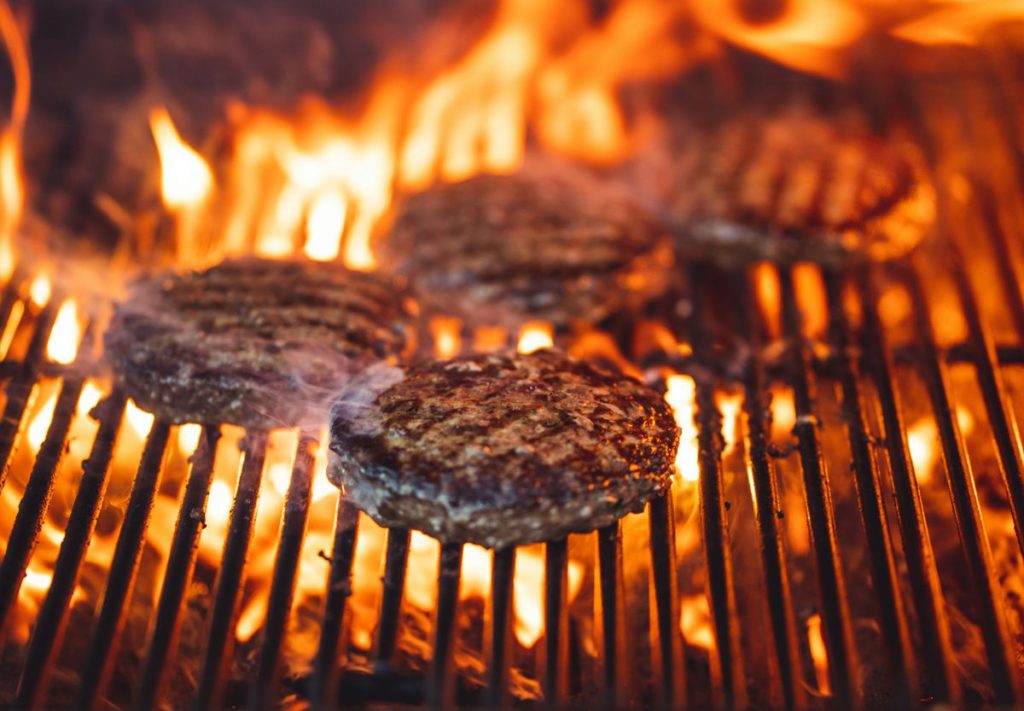
Salt your steak generously before cooking. Use half a teaspoon of kosher salt per pound. Refrigerate uncovered for 1 – 48 hours.
The salt initially draws moisture out. Then it dissolves into a brine that gets reabsorbed back into the meat. This seasons throughout and restructures proteins for better moisture retention. It’s food science working in your favor.
Pat the steak completely dry before cooking. Let it reach room temperature for even cooking. This single step separates amateur results from restaurant quality. The difference is dramatic.
4. Set Up Your Two-Zone Fire

Create indirect and direct heat zones on your grill. Pile charcoal on one side for charcoal grills. Light only one side for gas grills.
The indirect zone creates convection cooking. Hot air circulates at a steady temperature, like an oven, but with smoky flavor potential. This environment cooks thick steaks evenly from edge to edge.
Use a digital thermometer for precision. The $30 investment saves you from turning $25 worth of prime beef into expensive mistakes. Temperature control is everything in professional kitchens.
3. Execute the Perfect Reverse Sear
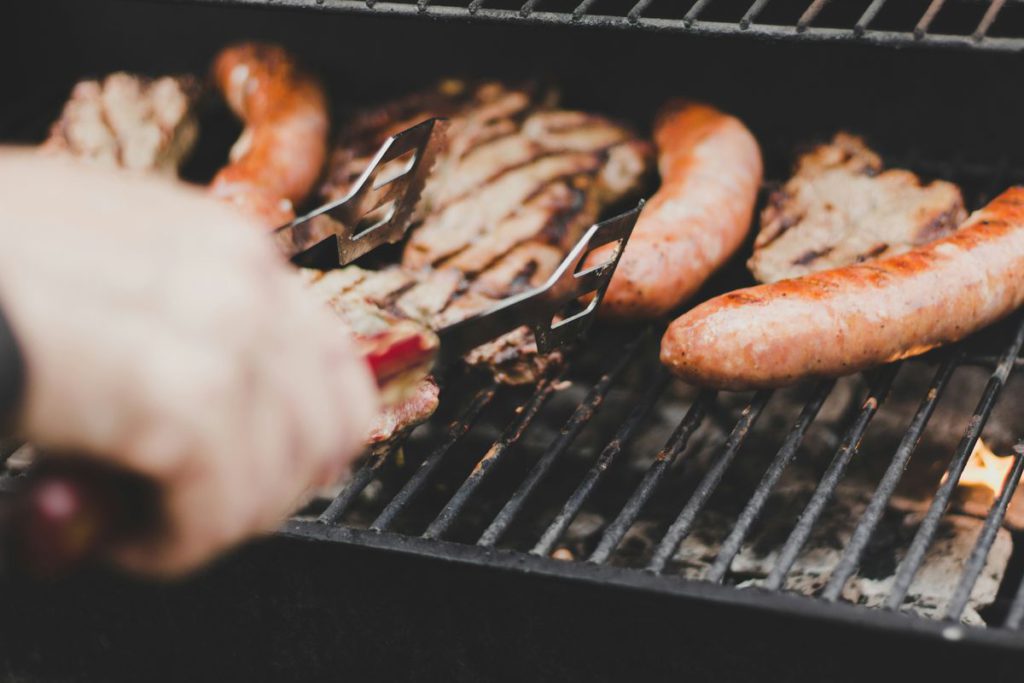
Start thick steaks in the indirect zone. Cook until they reach 10-15 degrees below your target temperature. Then move to direct heat where temperatures hit 500 degrees minimum.
This triggers the Maillard reaction. Complex browning creates hundreds of new flavor compounds. The difference between heated meat and that incredible steak you remember from your anniversary dinner.
Sear each side for 45-90 seconds. Turn frequently for even browning. Use tongs, never forks. Puncturing releases precious juices.
2. Nail the Direct Sear Method
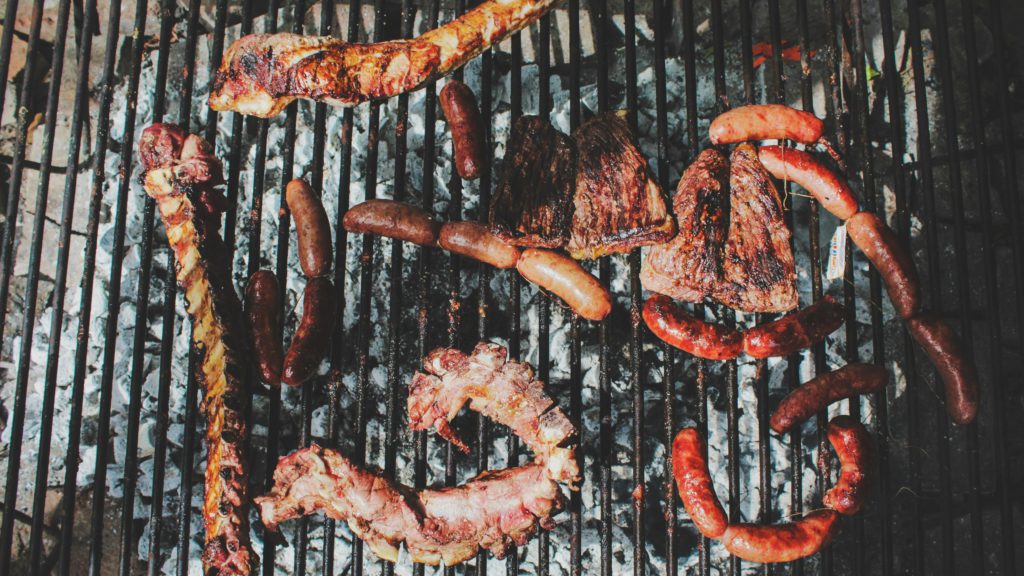
Thin steaks skip the reverse sear entirely. Cook over direct high heat for 2-3 minutes per side. Turn once only.
You’re developing crust while the interior reaches perfect doneness. The window is narrow and closes fast. High heat creates the contrast between crispy exterior and tender interior that makes steaks memorable.
Timing is critical here. Thin steaks go from perfect to overcooked in seconds. Stay focused and trust the process.
1. Resting and Finishing
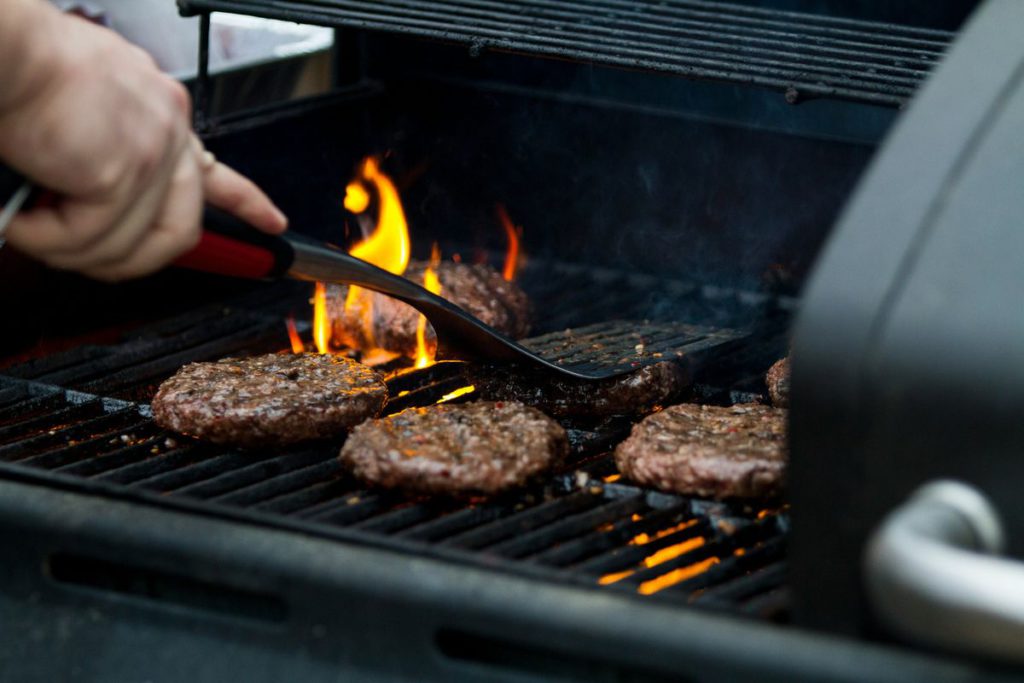
Rest your finished steak on a wire rack for 5-10 minutes. Not on a plate where it steams in its own juices. Wire racks allow air circulation.
Muscle fibers relax and reabsorb juices during this time. Skip this step, and those juices flood your cutting board instead of staying in the meat. It’s the difference between juicy and dry.
Finish with fresh-cracked pepper and compound butter if desired. The residual heat blooms the pepper’s aromatics and melts butter into an instant sauce.


